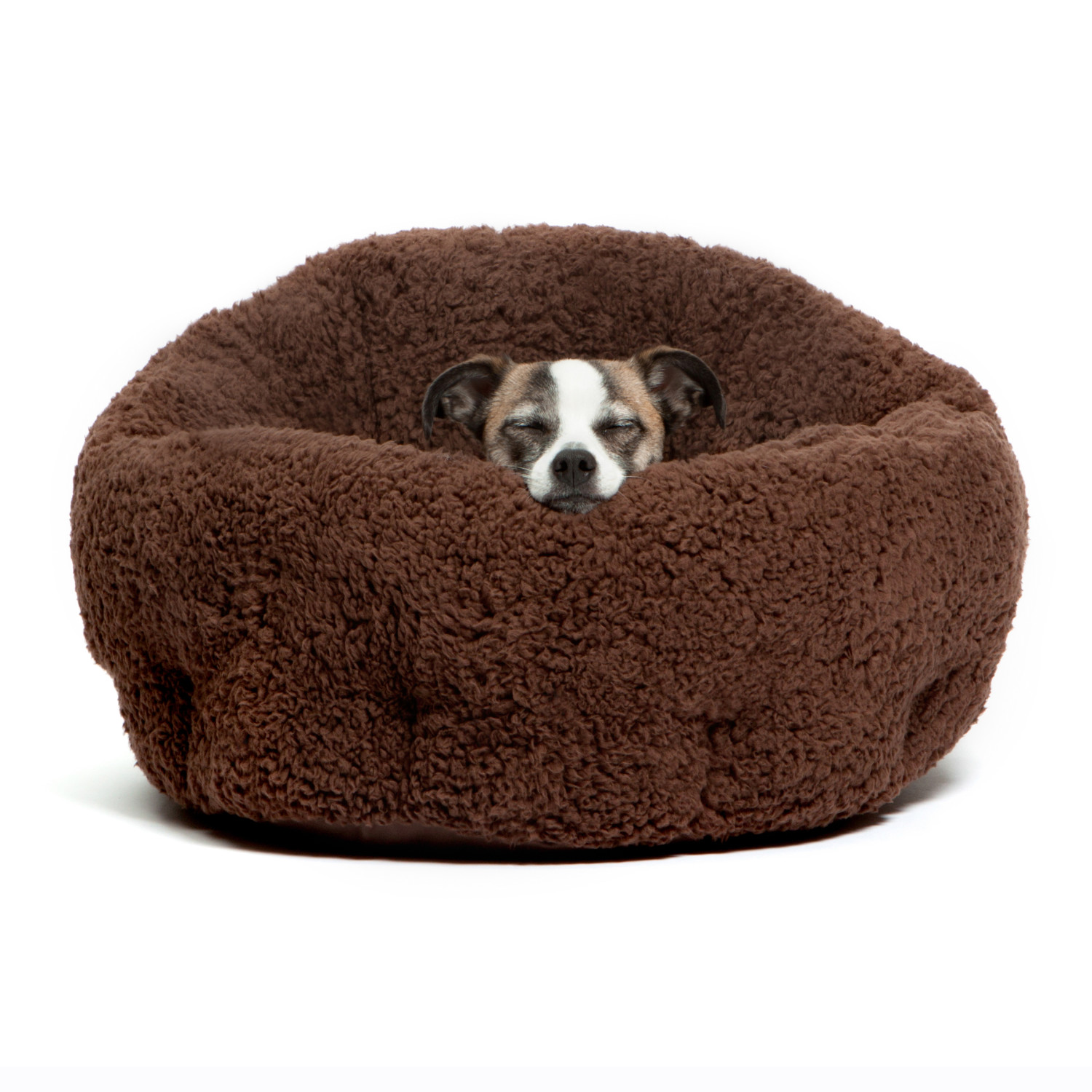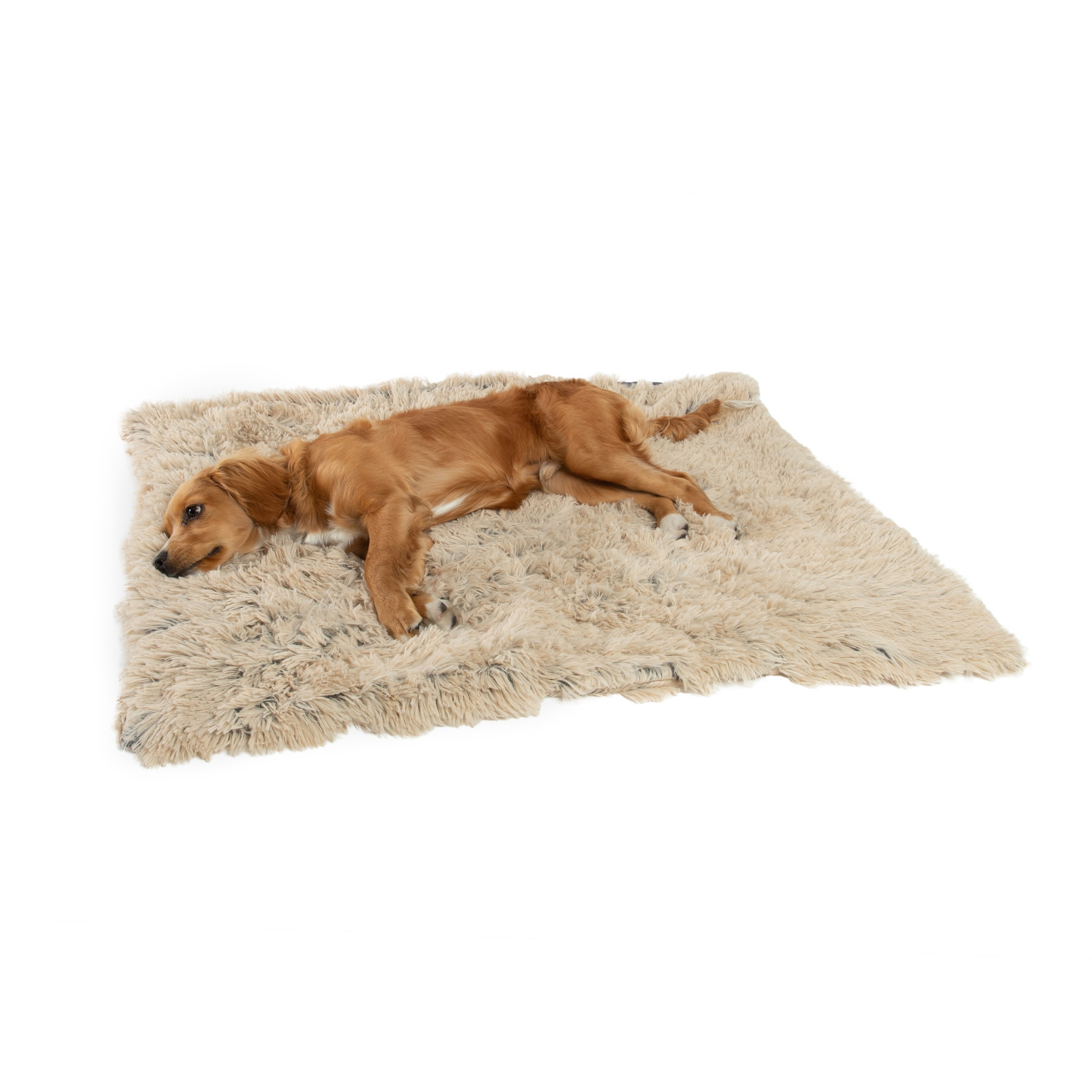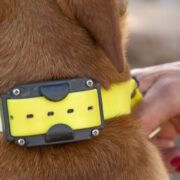Whether you’re moving to a new home, going on vacation, or just visiting family, sometimes you have to have your four-legged friend along for the ride.
Traveling with your cat doesn’t have to include excessive meowing or stress if they are properly acclimated to carriers and cars.
Your feline friend may never love traveling, but these travel tips can help you both have a cat-friendly car trip.
Train, Plane, and Car Travel Requires a Carrier
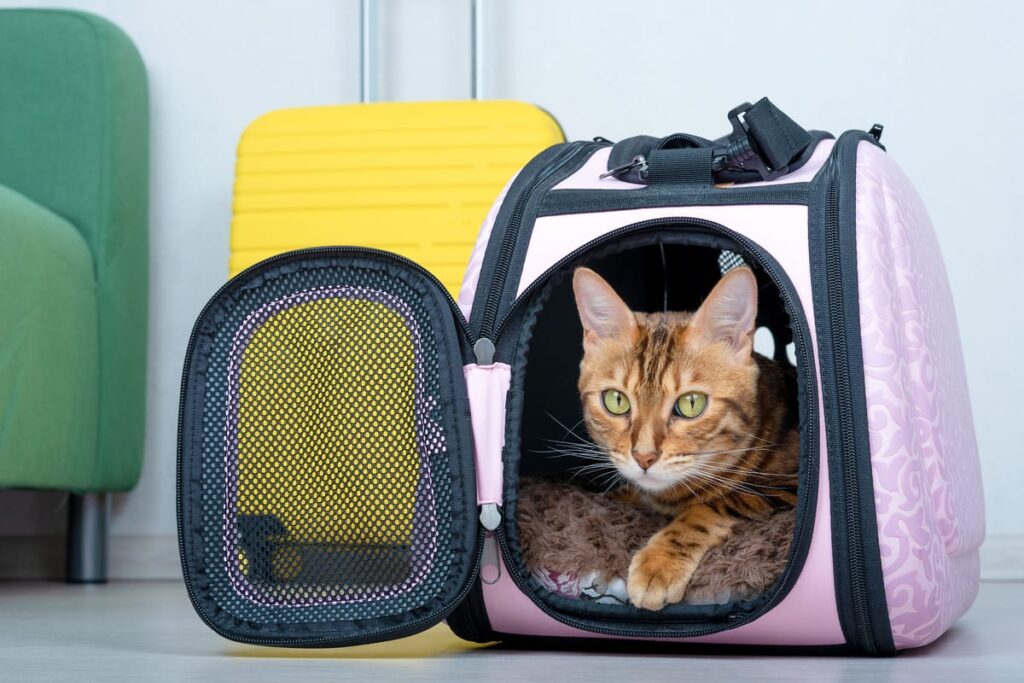
Regardless of whether you’re traveling by car, train, or plane, your cat needs to be secured in a cat carrier. A pet carrier is the only way to safely transport your cat to any destination.
A study from Volvo Car USA and The Harris Poll found that when pets are unsecured, drivers are more distracted. And if you’re in an accident, a cat that’s been allowed to roam freely can suddenly turn into a dangerous projectile that can harm you, your passengers, and themselves.
Plus, on Amtrak and most airlines, cats must stay inside a cat carrier for the entire journey.
Familiarize Your Feline Friend in a Cat Carrier
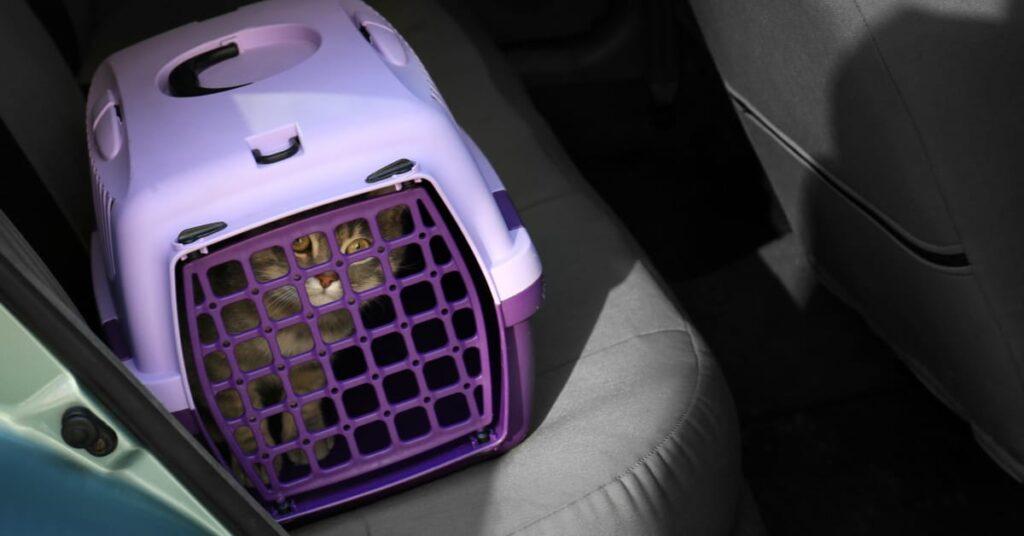
Before you embark on a short or long trip, familiarize your cat with its carrier. Choose a carrier that’s big enough to let your cat stand up and turn around. Then, place the carrier inside your home and allow your cat to sniff and move around the carrier. When they initially enter the carrier, leave the door open so they don’t feel trapped.
Make your cat carrier inviting to your feline by placing a familiar blanket or towel inside, along with a toy and a few treats. A soft surface is not only an inviting place to curl up — it’ll soak up urine and motion sickness accidents.
Create positive associations by complimenting and petting your cat through the process, and feed them treats while they’re inside the carrier.
Pay attention to their body language through this process. A fearful cat will keep their ears low, tucked tight to their head, flatten themselves down, or lay their tails down low.
Once they feel comfortable inside the carrier, close the door for short amounts of time.
Slowly Introduce Feline Friends to Car Rides
The first time you drive your cat around shouldn’t be on a 15-hour-long trip. Once your cat is comfortable with their carrier indoors, it’s time to carry them outside and work on acclimating them to car rides.
Slowly introduce your cat to your car within the safety of your driveway. Buckle your cat’s carrier in the back seat and slowly move up and down your driveway. Then take short car rides around your block.
Reward your cat with verbal compliments as you drive, and give them treats before and after short rides. You want your cat to associate car rides with fun rewards.
Manage Cat Travel Anxiety and Stress
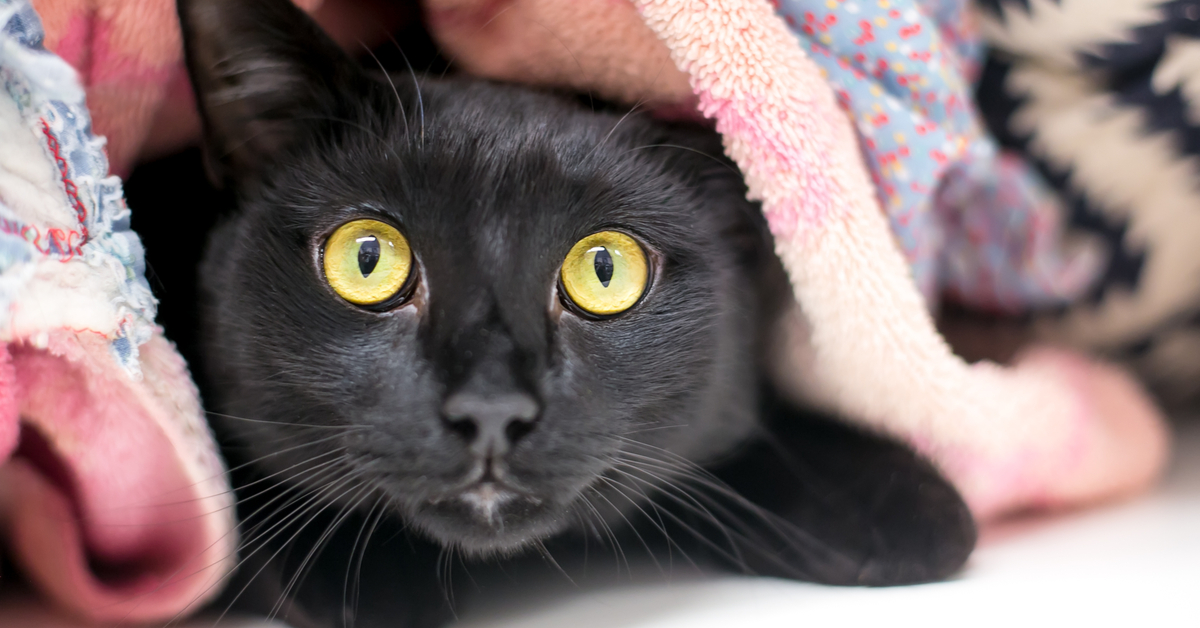
Unfortunately, even if you do your best to acclimate your cat to their carrier, some cats will never enjoy car rides. All you can do in these situations is manage your cat’s stress and anxiety so your cat feels calmer.
Create a restful environment with supplies that will help ease their anxiety.
Pheromone sprays can help calm cats down. Familiar scents from their favorite blanket or your t-shirt can help them feel comfortable.
For a stress-free longer trip, pack the following cat-friendly supplies:
- Disposable kitty litter and portable litter tray
- First aid kit
- Favorite toy
- Pet carrier
- Catnip
- Pheromone spray
- Favorite blanket
- Calming cat bed
Handle Bathroom Breaks with a Portable Litter Box and Disposable Litter
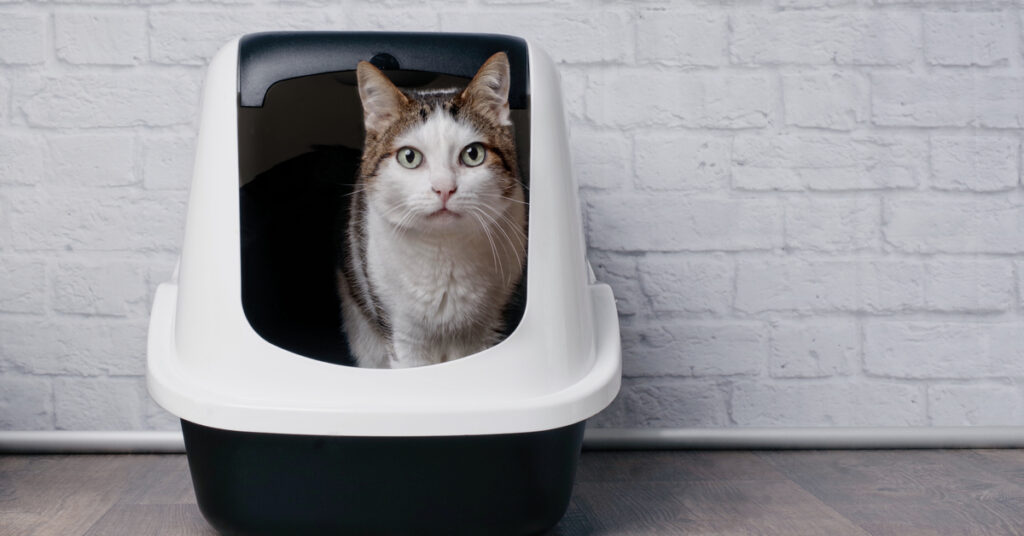
Plan multiple breaks during long-distance road trips to let your cat stretch their legs and use a portable litter box. Before a long car ride, map out any rest stops and vet’s offices along the way so you know some cat-friendly places to pull over.
Just make sure to keep your doors and windows closed so your cat can’t leave the vehicle. Keep your cat secured in their cat carrier whenever you exit your vehicle to prevent them from making an escape attempt.
Portable litter boxes have zipper closures so you can contain the mess while on the road. But if you’re worried about leakage, place a towel or blanket on your car seat just in case. Use disposable kitty litter and discard it whenever possible, as cats prefer a clean environment to defecate (and you prefer a good smelling car).
Restrict Cat Food to Avoid Motion Sickness
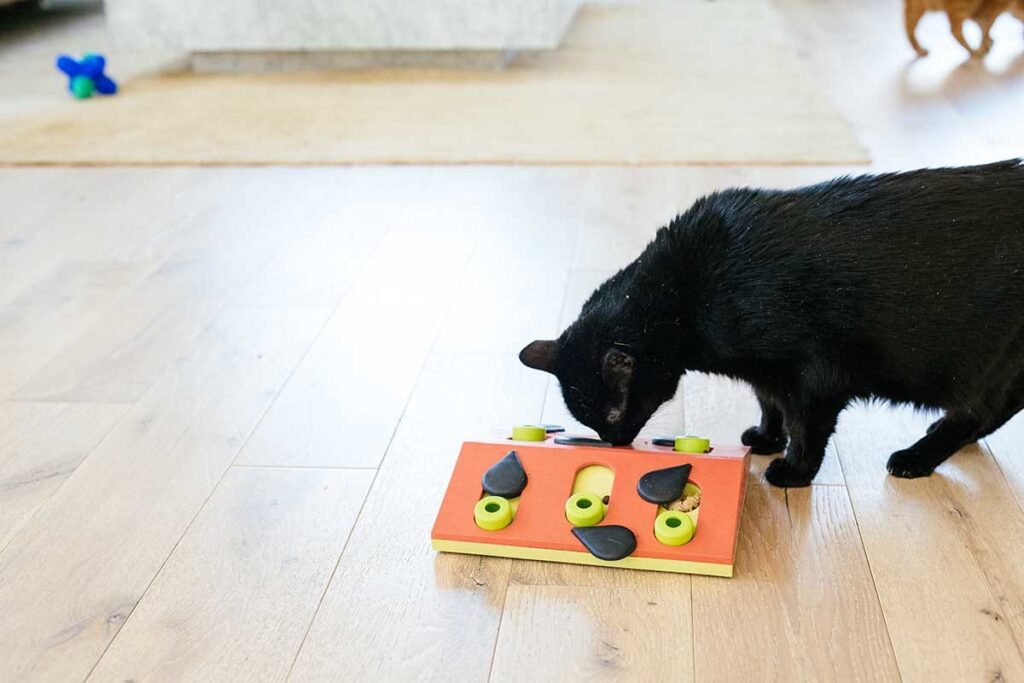
For a cat-friendly car trip, restrict cat food before you hit the road. Generally speaking, it’s a good idea to not feed your cat for five to six hours before you leave.
Never feed your feline food as you drive. Sudden stops or unexpected accidents can cause cats to choke on kibble, and the movement of your car may cause cats to throw up anything they ingest.
Create a Pet First Aid Kit for Short Trips and Long Trips
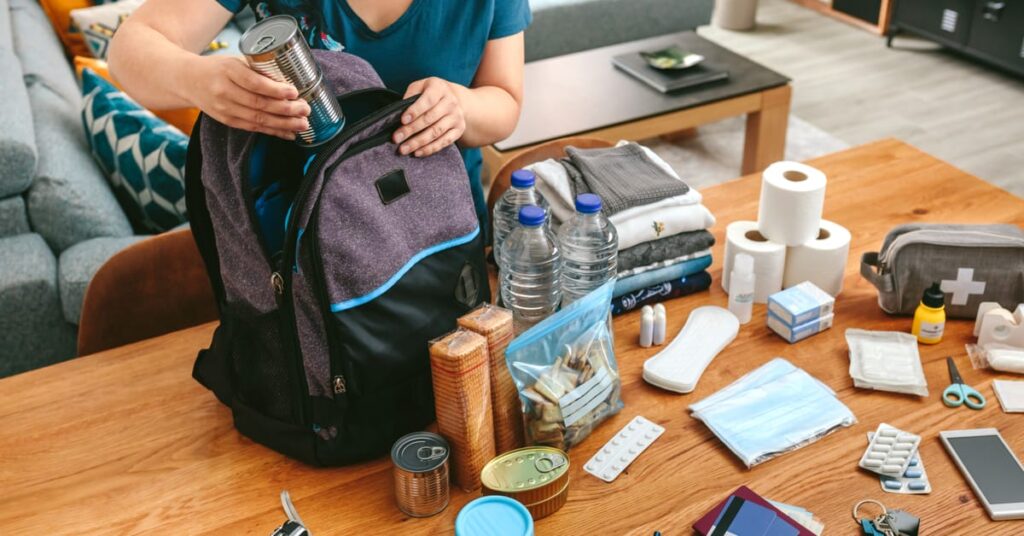
When you travel with your furry friend, you need to have cat-friendly supplies and safety items on hand. If the worst happens and you and your cat are injured or separated, basic identification and medical information will be essential to treating any injuries and making sure you’re reunited.
You can purchase a pet first aid kit or make your own DIY kit with these supplies:
- Tape rolls
- Collapsible silicone water bowls
- Flashlight
- Poop disposal bags
- Extra cat food
- Non-stick gauze pads
- Disposable latex gloves
- Emergency blanket
- Saline solution
- Scissors
Keep copies of this important information inside your first aid kit:
- Vaccination records
- Health certificate
- Medical records, including a list of medications your feline friend is taking
- Veterinarian contact information
- Photo of your cat for identification purposes
- Your contact information and phone number
Even if your cat has a microchip, they should wear a collar with an ID tag.
Acclimate Your Feline to New Surroundings
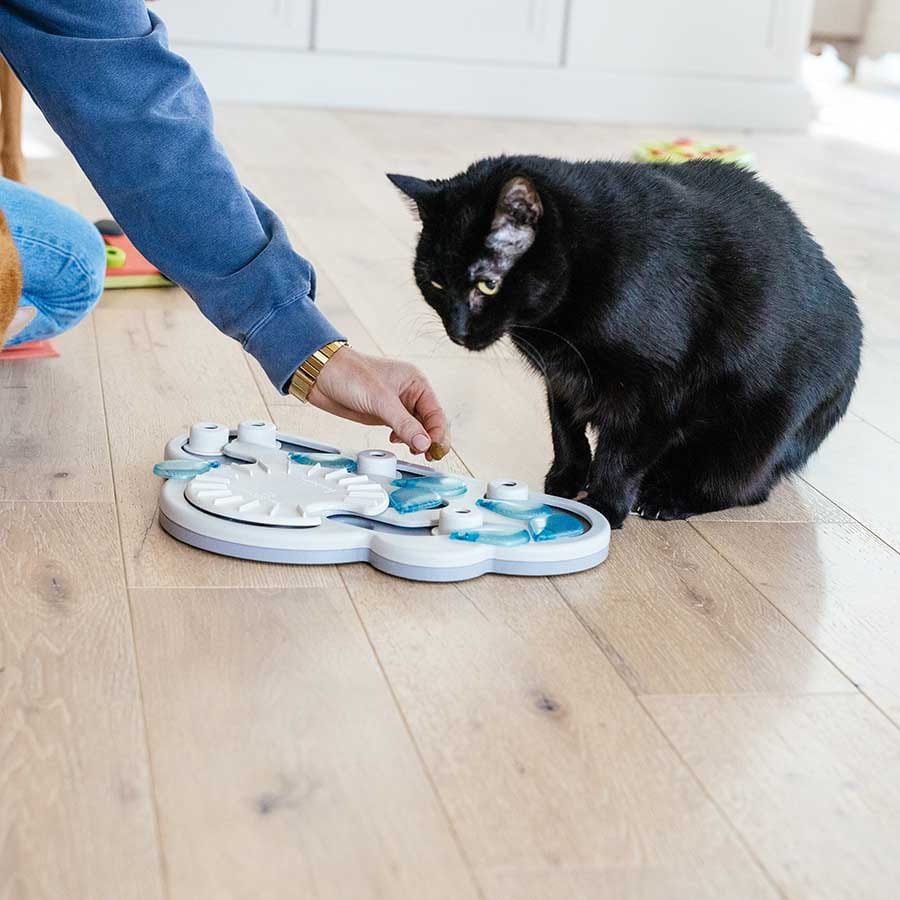
Your cat is going to need time to adjust once you arrive at your new location. Give your cat time to scent new smells and investigate new sights in their temporary new home.
Unpack their cat bed and water bowl, and fill their food bowl with cat food. Place their litter tray in an easily seen space.
Supervise your cat anytime they’re outside of their carrier, as cats may anxiously scratch or howl, or may start spraying to mark their territory.
If you’re staying in a hotel, check their pet policy before arrival. Many pet-friendly hotels specify that pets must be accompanied in their hotel rooms and cannot be left alone unless crated.
Cat Travel Essentials for a Smooth Trip
Pet Tour Pet Travel Carrier, Black
$65.99
The Outward Hound Pet Tour Carrier is loaded with features to keep you and your pet comfortable during travel. This breathable travel pet carrier includes interior padding for your pet, a padded shoulder strap for you, and 360 degree mesh panels for ventiliation. It has multiple entry points from the top and the side of the carrier as well as locking zippers. It’s the perfect pet carrier for vet visits,…
Deep Dish Cuddler Cat & Dog Bed, 20×20
$29.99 $0.00
DESIGNED FOR ANIMALS LOVED BY PET PARENTS! Cozy warm and comfortable a pet bed is a must-have for your four-legged friend. While many models promote better sleep they become flat and uncomfortable the more your pet uses them. What s worse they hold odors and are impossible to clean. Show your pet some TLC with an OrthoComfort Deep Dish Cuddler from Best Friends by Sheri! Measuring 20″ long 20″ wide and…
Shag Pet Throw Blanket, 30×40
$19.99
This luxury shag blanket that’s perfect for your four legged pals. The ultra-soft vegan fur is designed to reminisce a mother’s fur coat aiding your pets in superior comfort and security. The light-weight allover shag provides just the right amount of warmth. An effortless way for your pets to cuddle up on the couch or on the go. This versatile blanket will also help protect your furniture car seats and…
Fishie Fun Feed Mat Cat Slow Feeder, Pink
$11.99 $10.99
Make your cat’s meal time fun and mentally stimulating! The Fishie Fun Feed Mat features meal-lengthening ridges and mazes, that keep cats engaged for longer at chow time. Slowing your cat’s eating pace can improve digestion and help reduce bloat. The Fishie Fun Feed Mat can hold up to 1/2 cup of either wet or dry food, and is made with food safe materials that are free from BPA, PVC and phthalates…
